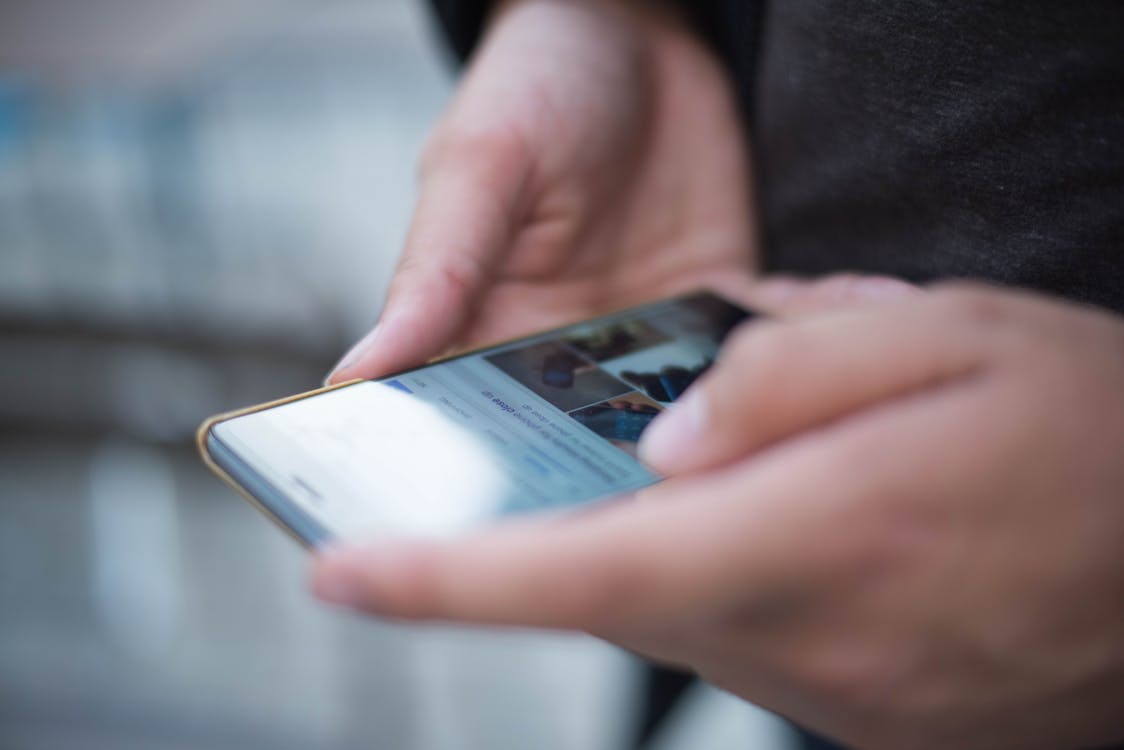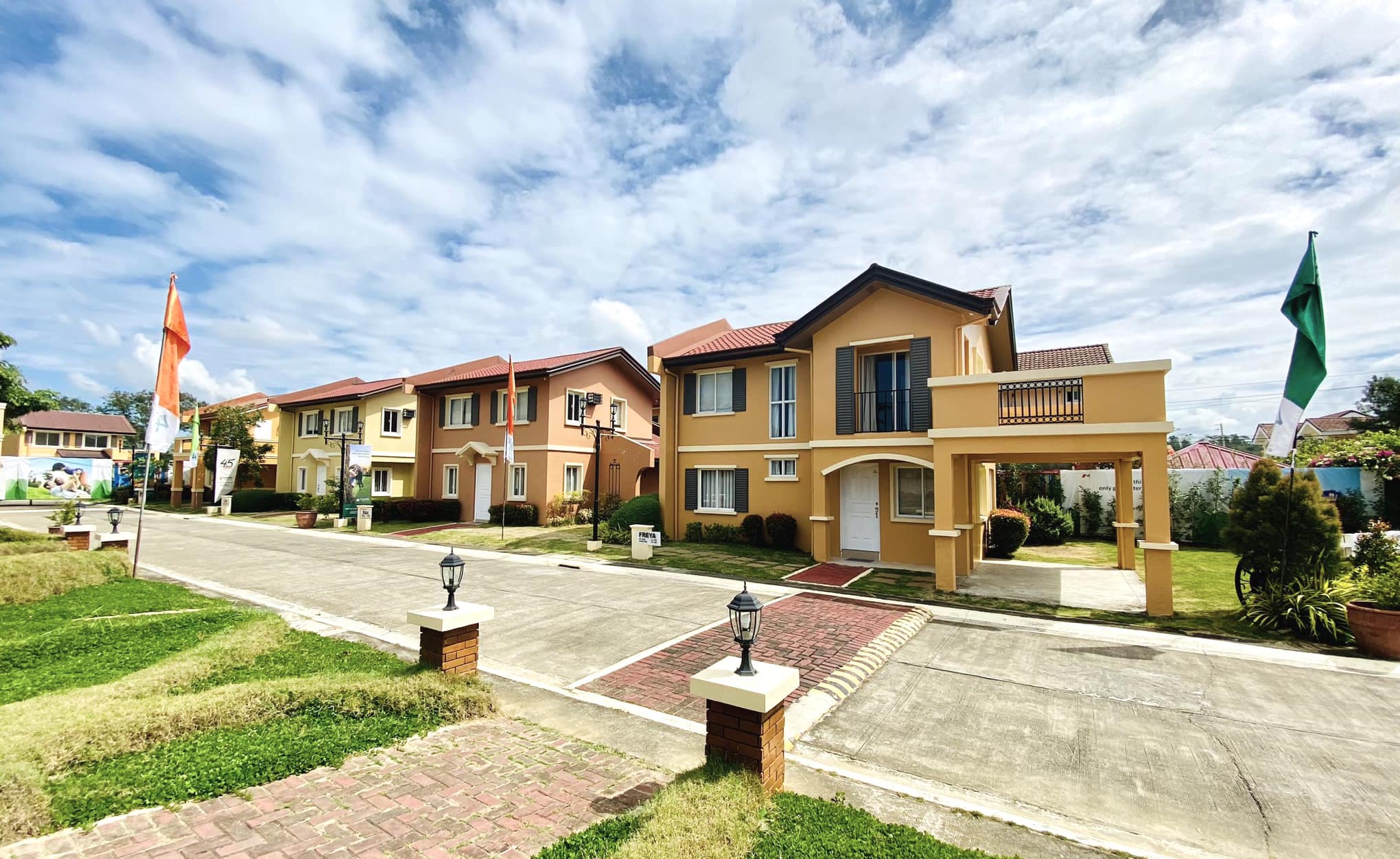
In the Philippines, as in many nations, the boundary between the physical and digital realms has blurred. Most of our waking hours is now spent navigating the intricate web of the digital landscape.
Even fundamental aspects of daily life, such as education and employment, have pivoted towards a heavy reliance on access to the internet. In fact, Statista data revealed that Filipinos spend an average of 10 hours online—the highest in Asia Pacific.
But how does the dynamics of this digital shift affect individual Filipinos? Below, we explore the Philippines’ current standing on Surfshark’s latest Digital Quality of Life Index and its impact on individual users and the community.
What is the digital quality of life in the Philippines?
Surfshark revealed that the Philippines ranks 60th among 121 evaluated countries in terms of digital quality of life, taking into account the digital wellbeing of an individual as well as a nation’s digital quality. Despite going down five places, the Philippines performed 0.4915 in the index, which is still higher than the global average of 0.4864.
In this global study, this ranking aims to assess the digital well-being of various countries based on five core pillars: internet affordability, internet quality, electronic infrastructure, security, and government services.
Beyond this broader concept and the numbers, what do these all mean for internet users in the country? First, let us break down the considerations of the digital quality of life.
Internet affordability
In its criteria, Surfshark explained that internet affordability is measured by how much a citizen has to work to afford fixed broadband service internet services, and mobile data in a country. More specifically, this measures the number of seconds or minutes one has to work to buy the cheapest broadband internet and mobile data plan.
In this category, the Philippines was one of the bottom countries. Filipinos have to work for approximately 189 minutes to afford the cheapest mobile internet and 605 minutes for broadband internet. With improved laws on connectivity, however, the government can turn our dreams of affordable internet bills into a reality.
Internet quality
A country’s internet quality refers to the overall performance, reliability, and speed of the connection when people access the internet. In other words, it is not enough that the internet is fast; it must also be reliable and consistent.
This is where the Philippines ranked well in the recent digital quality standards. Among the countries involved in the study, overall, the country ranked 21st among the list, with Surfshark citing speed and fixed speed as the main improvement drivers.
Electronic infrastructure (e-Infrastructure)
Electronic infrastructure refers to the technological framework and facilities that support a nation’s digital ecosystem. Surfshark’s criteria measure how many people use the internet per 100 inhabitants and how ready the network is to support this.
For this criteria, the Philippines ranks somewhere in the middle at 54th in e infrastructure. In other words, it needs improvement in the technological framework and facilities that support the digital ecosystem.
This includes telecommunications networks, data centers, information and communication technology (ICT) hardware, and digital connectivity infrastructure.
Electronic security (e-Security)
Electronic security factors cybersecurity and existing data protection laws in a country. For the purpose of the list, cybersecurity was measured based on how safe citizens feel when accessing the internet.
Data protection laws, on the other hand, vary per country. For this, Surfshark indexed the completeness of each country’s personal data protection laws and benchmarked them against the European Union’s General Data Protection Directive, which is its best example.
The Philippines is still lagging in both of these areas, as it ranks 45th in e security in the global standards. The country’s data protection is also notably low, which presents room for improvement to make internet connectivity safer and more secure for millions of users.
Electronic government (e-Government)
Surfshark’s measurement also factors electronic government to assess a country’s readiness to serve digital public services. This also relates to the government’s transparency and its efforts to curb bureaucracy and and corruption based on the United Nations’ standards. Put simply, this measures a government’s digital efficiency and how it helps people save time in transactions.
For this category, the country ranked 64th in e Government, the Philippines weakest spot. Though many national agencies and local governments have digital platforms, there is more to improve to deliver user-friendly services to the public.
This includes the digitalization of common government services like renewing IDs, processing government compliance documents, and availing of government benefits.
Benefits of an improved digital quality of life
A good digital quality of life is more than just superb broadband or mobile internet speed. It must also include affordable internet plans, reliable infrastructure, secure connections, and more accessible government services. Once these are improved, it can offer endless opportunities for a nation like the Philippines. Here are some of them:
Access to Information
Improved digital quality of life means easier access to a wealth of information and knowledge. Individuals can stay informed, learn new skills, and access educational resources more readily.
Enhanced Communication
Digital tools and platforms enable faster and more convenient communication with family, friends, and colleagues, regardless of geographical boundaries. This strengthens social bonds and uplift communities despite geographical separations.
Efficient Work and Productivity
The ability to work remotely and access digital tools for collaboration enhances work flexibility and productivity. It also provides opportunities for freelancing and remote job opportunities.
Economic Opportunities
Digitalization creates new economic opportunities, from online entrepreneurship to access to global markets. It can help bridge economic disparities by enabling businesses of all sizes to participate in the digital economy.
Healthcare Access
Telemedicine and digital health solutions improve access to healthcare services, especially in remote areas in the Philippines. An improved digital infrastructure can help patients avail of medical consultations, monitor their health, and access health information online.
Convenience and Services
Digital quality of life leads to convenience in daily tasks, such as online shopping, banking, and booking services. Moreover, it reduces the need for physical visits and ultimately saves time.
Education and Lifelong Learning
Digital platforms provide opportunities for online learning, distance education, and skill development. Lifelong learning becomes more accessible, empowering individuals to adapt to changing job markets.
Global Connectivity
People can connect meaningfully with individuals and cultures from around the world, fostering cross-cultural understanding and global collaboration.
Strive for a better quality of life
Find ways to improve your life in all aspects. Come home to a community where you have access to all the tools and amenities that help you achieve your dream life. Learn more about this by checking out Camella properties.

Check out our House and Lot for Sale Properties
Discover our house and lot for sale properties in the Philippines


